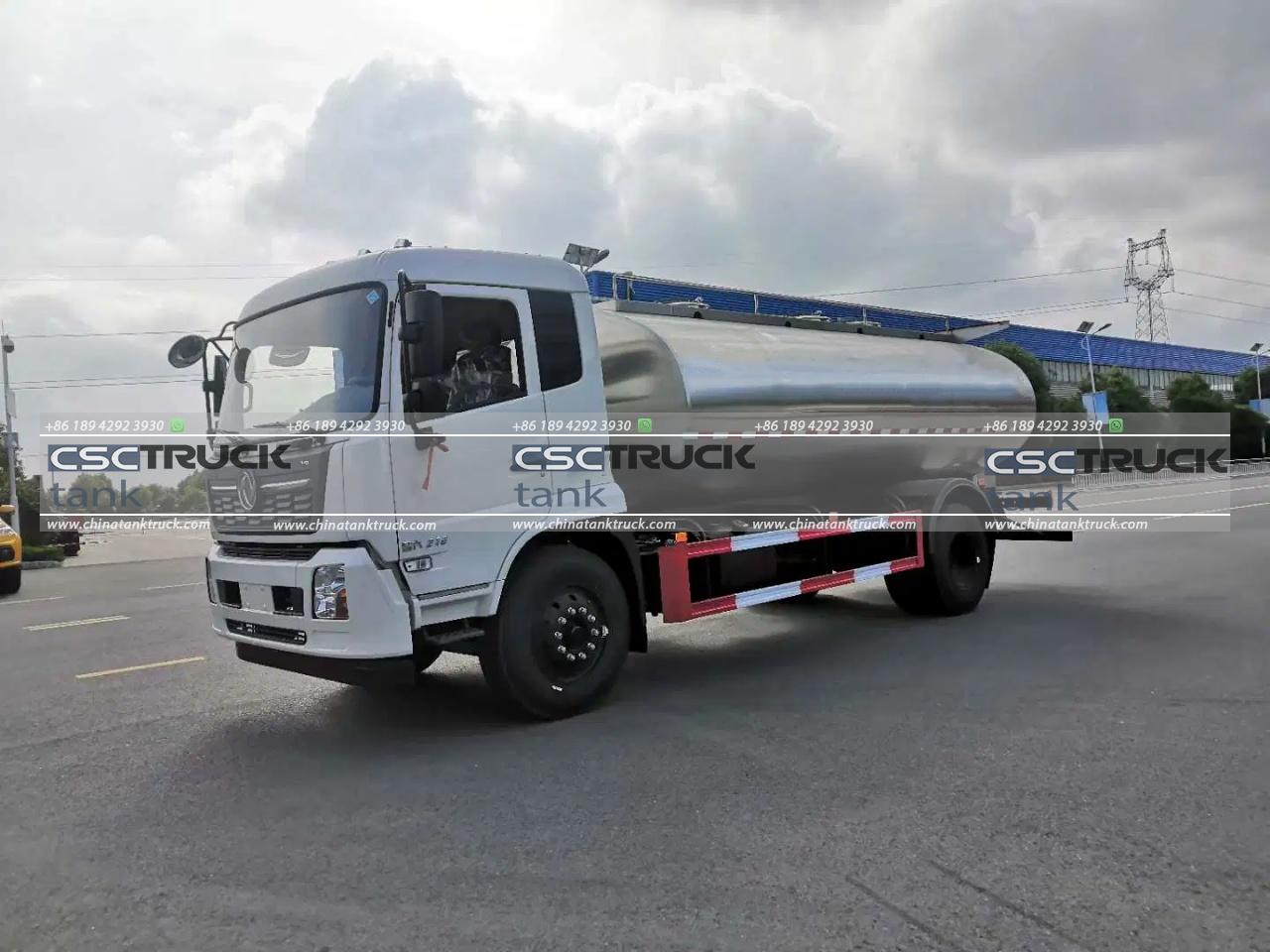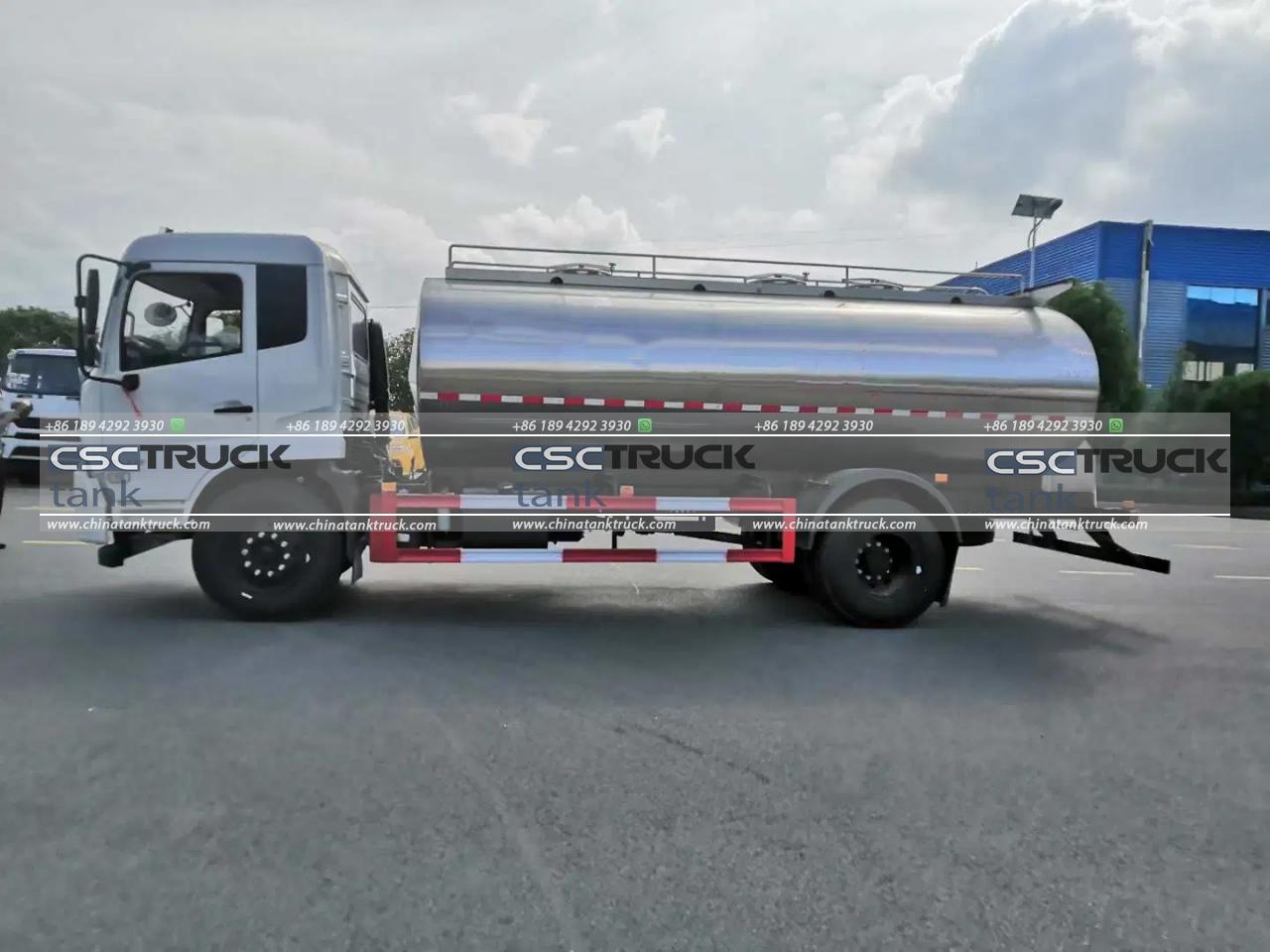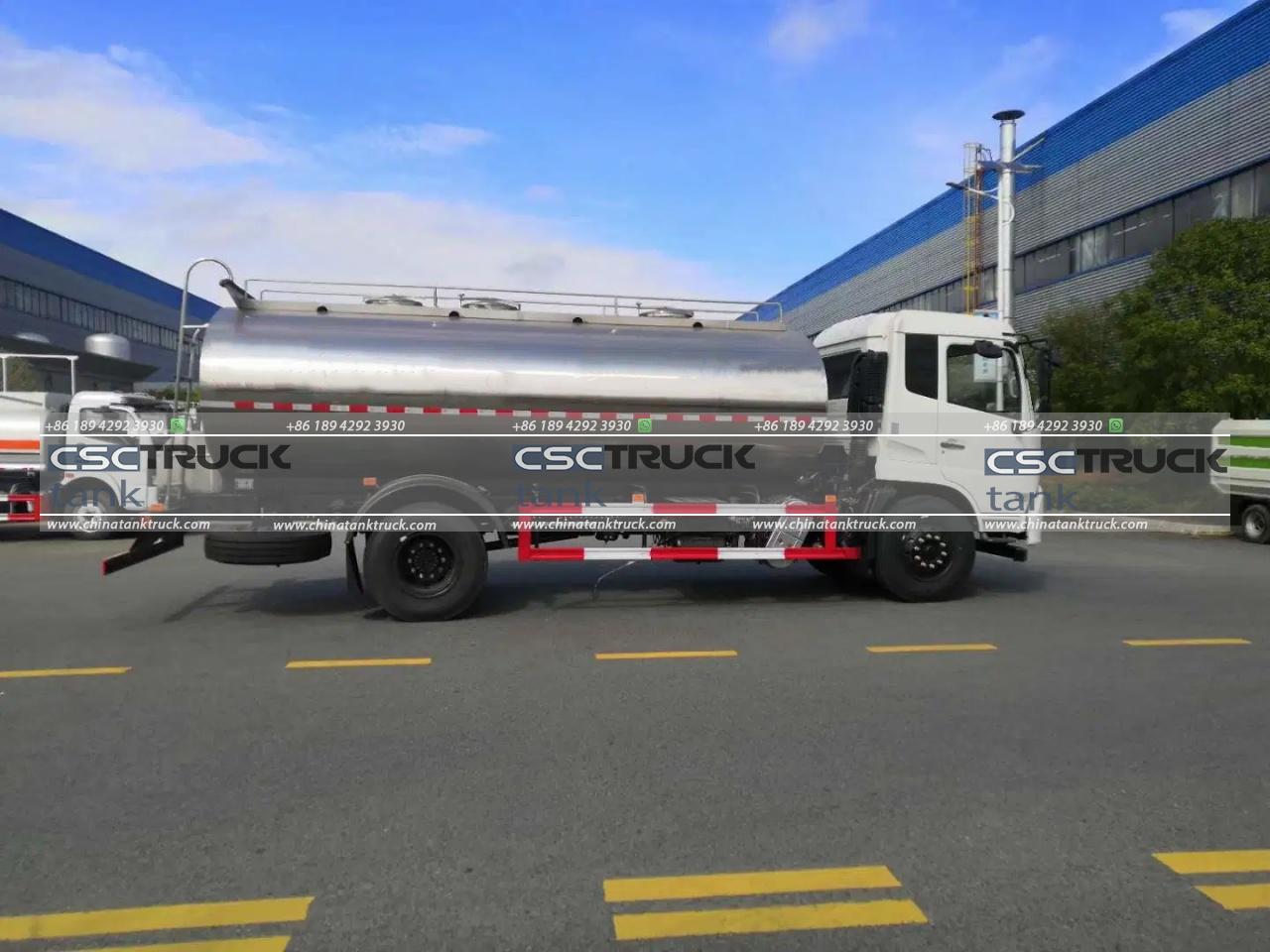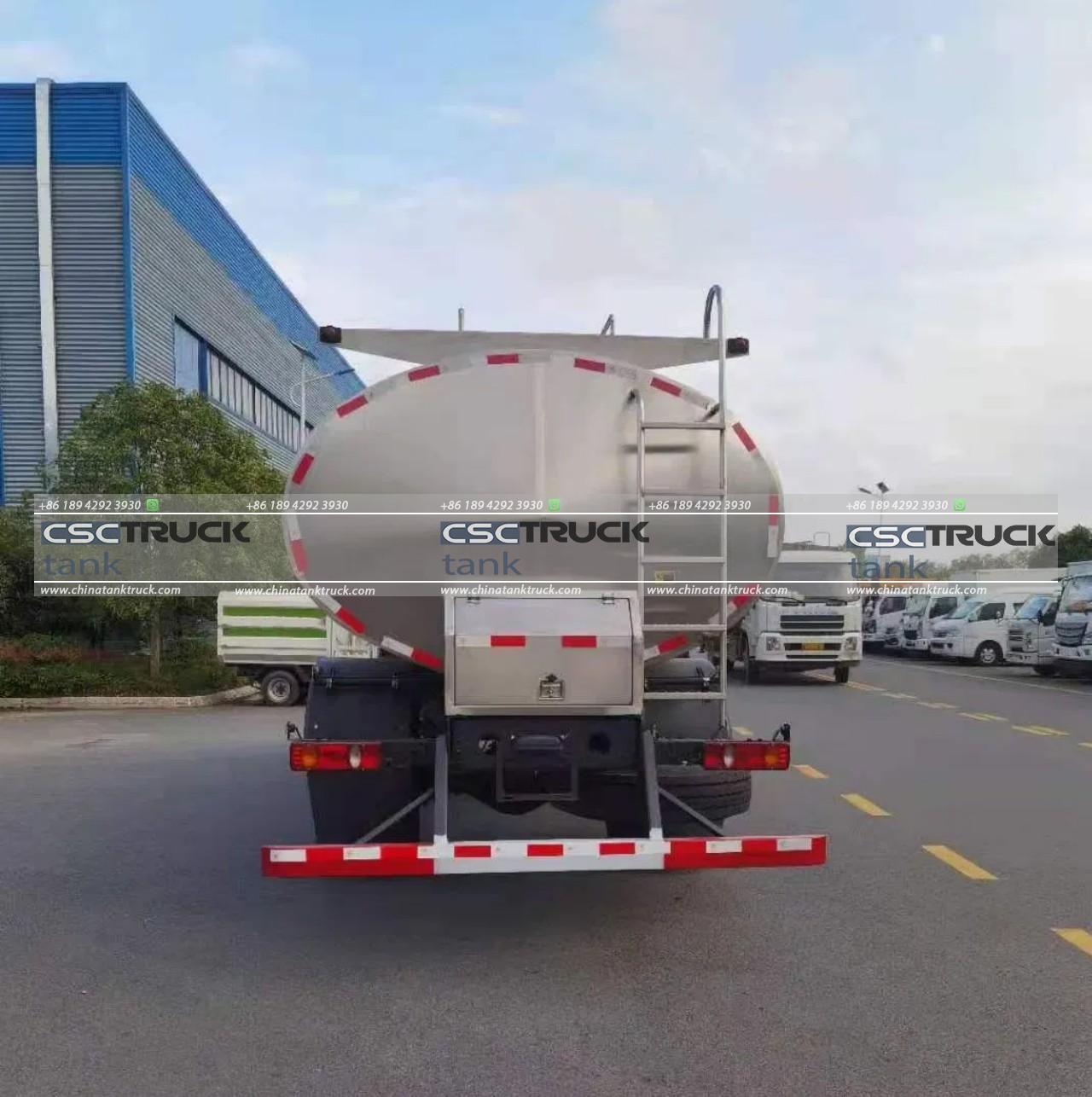What is a Milk Run Truck?
In the intricate web of logistics and transportation, the concept of a “milk run truck” might seem niche, but it plays a crucial role in the efficient distribution of goods. Originating from the agricultural sector, the term has evolved to encapsulate a versatile approach in modern supply chain management. This article delves into what a milk run truck is, its historical background, its operational mechanics, and its relevance in today’s logistics landscape.
Historical Background
The term “milk run” harks back to the early 20th century when milkmen delivered fresh milk daily to households in their designated routes. These routes, known as “milk runs,” were meticulously planned to ensure that every customer received their milk promptly. The milk run was characterized by its repetitive, scheduled stops at various locations, ensuring a consistent supply of milk.
This concept of scheduled, repetitive deliveries has been adapted in logistics to refer to a transportation strategy that minimizes costs and optimizes routes for efficiency.

The Concept of a Milk Run Truck
In modern logistics, a milk run truck refers to a vehicle that follows a predefined route, making multiple stops to pick up or deliver goods to various locations. The primary aim of a milk-run truck is to optimize the supply chain by consolidating shipments and reducing the number of trips needed to transport goods.
Unlike traditional transportation models, which may involve direct point-to-point delivery or bulk shipments, milk run trucks are designed to handle multiple deliveries or pickups within a single route. This method ensures that trucks operate at higher efficiency, with reduced empty miles and lower fuel consumption.
How It Works
The milk run model relies on careful planning and route optimization. Here’s a breakdown of how a milk run truck typically operates:
1. Route Planning: The route is meticulously planned to cover all necessary stops within a predefined geographic area. This planning considers factors such as delivery windows, traffic patterns, and distance between stops.
2. Consolidation: Goods from various suppliers or warehouses are consolidated into the truck before departure. This approach minimizes the need for multiple shipments and reduces the overall transportation cost.
3. Repetitive Deliveries: The truck follows the route regularly, often daily or weekly. This regularity ensures that deliveries are made on time and allows businesses to better manage their inventory levels.
4. Flexibility: While the route is predefined, it can be adjusted based on real-time factors such as urgent delivery requests or unexpected delays. This flexibility is a key advantage of the milk run model.
5. Efficiency: By combining multiple deliveries into a single route, milk run trucks help reduce empty miles, lower fuel consumption, and minimize vehicle wear and tear. This results in cost savings and a smaller environmental footprint.

Benefits of Milk Run Trucks
The milk-run truck model offers several advantages to businesses and supply chains:
1. Cost Savings: Consolidating deliveries into a single route reduces the number of trips required, leading to significant savings in fuel and operational costs. Businesses can also benefit from reduced labor costs as fewer drivers are needed.
2. Improved Efficiency: Regular and predictable routes allow for better planning and scheduling, leading to more efficient use of resources. This efficiency extends to inventory management, as businesses can synchronize their stock levels with the delivery schedule.
3. Enhanced Customer Service: With regular deliveries, customers receive their goods promptly, which improves service levels and customer satisfaction. Predictable delivery windows also help businesses manage their inventory more effectively.
4. Reduced Environmental Impact: By minimizing the number of trips and optimizing routes, milk run trucks contribute to lower greenhouse gas emissions and a reduced carbon footprint. This aligns with the growing emphasis on sustainable logistics practices.
5. Flexibility and Adaptability: The milk run model is adaptable to various types of goods and delivery requirements. Whether for perishable items that require frequent delivery or non-perishable goods with a regular schedule, the model can be tailored to meet specific needs.
Applications in Modern Logistics
The milk run truck concept has been adapted and expanded across various industries beyond its origins in milk delivery. Today, it is used in a range of applications:
1. Retail: Retailers use milk run trucks to ensure regular replenishment of store inventory. This approach helps in maintaining stock levels and reducing stockouts, ultimately leading to improved sales and customer satisfaction.
2. Manufacturing: In manufacturing, milk-run trucks are employed to transport components and raw materials between suppliers, production facilities, and assembly lines. This ensures a steady supply of materials and smooth production processes.
3. E-commerce: With the rise of e-commerce, milk run trucks are used to deliver packages from distribution centers to local delivery hubs or directly to customers. The model helps manage the increased volume of deliveries and ensures timely fulfillment.
4. Healthcare: The healthcare sector utilizes milk-run trucks to transport medical supplies, pharmaceuticals, and equipment. Regular and reliable deliveries are crucial for maintaining healthcare operations and patient care.

Challenges and Considerations
While milk-run trucks offer numerous benefits, they also come with challenges that need to be addressed:
1. Route Optimization: Effective route planning is crucial for maximizing efficiency. Advanced route optimization software and technologies are often employed to ensure that routes are as efficient as possible.
2. Capacity Management: Balancing the capacity of the truck with the volume of goods to be delivered requires careful planning. Overloading can lead to delays and increased wear on the vehicle.
3. Traffic and Weather Conditions: External factors such as traffic congestion and adverse weather conditions can impact the efficiency of milk run routes. Real-time monitoring and adjustments are necessary to mitigate these issues.
4. Cost vs. Service Levels: While milk-run trucks can reduce costs, businesses must also consider service levels and delivery frequency. Striking the right balance between cost savings and customer service is key.
Conclusion
The milk-run truck concept has evolved from its humble beginnings in milk delivery to become a vital component of modern logistics and supply chain management. By consolidating deliveries into a single route, milk-run trucks enhance efficiency, reduce costs, and contribute to more sustainable practices. As industries continue to seek ways to optimize their supply chains, the milk-run model remains a valuable strategy for achieving logistical excellence. Whether in retail, manufacturing, e-commerce, or healthcare, the principles of the milk run continue to drive innovation and efficiency in transportation.


